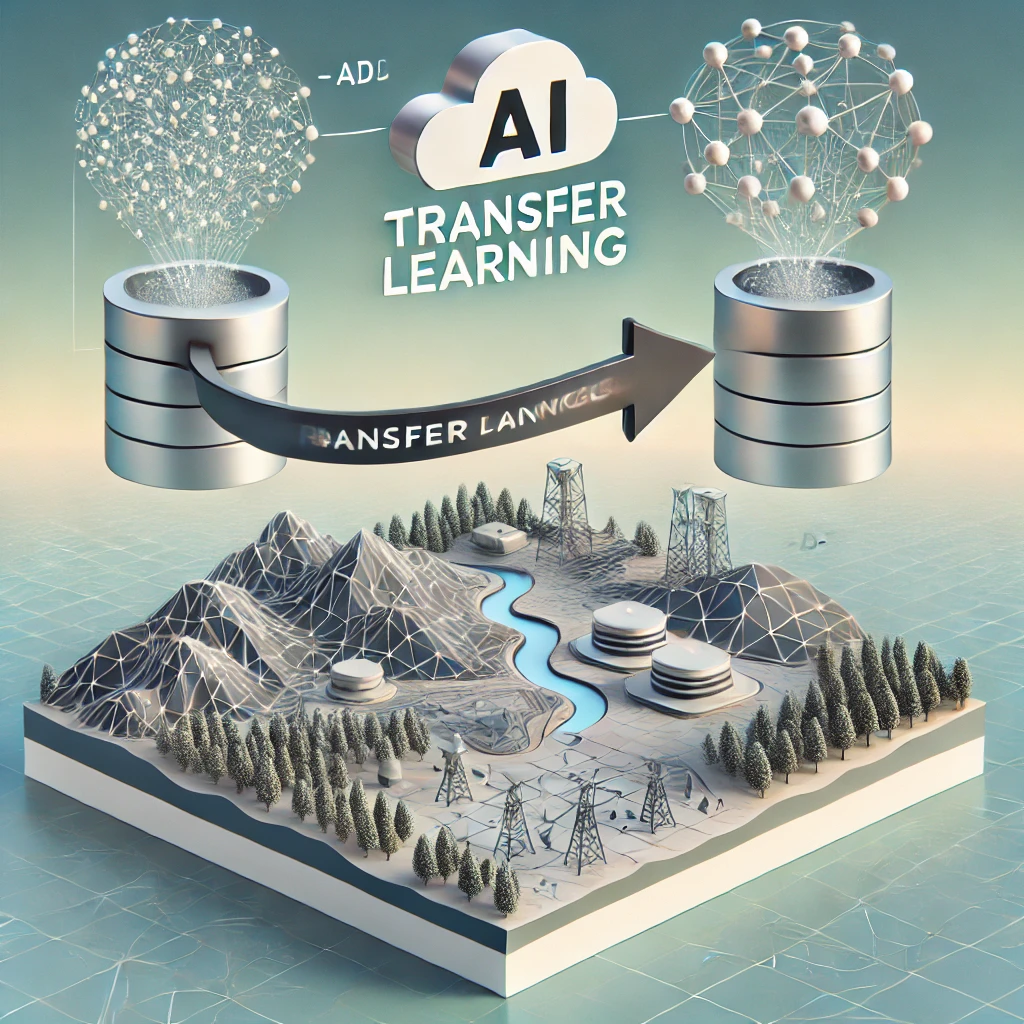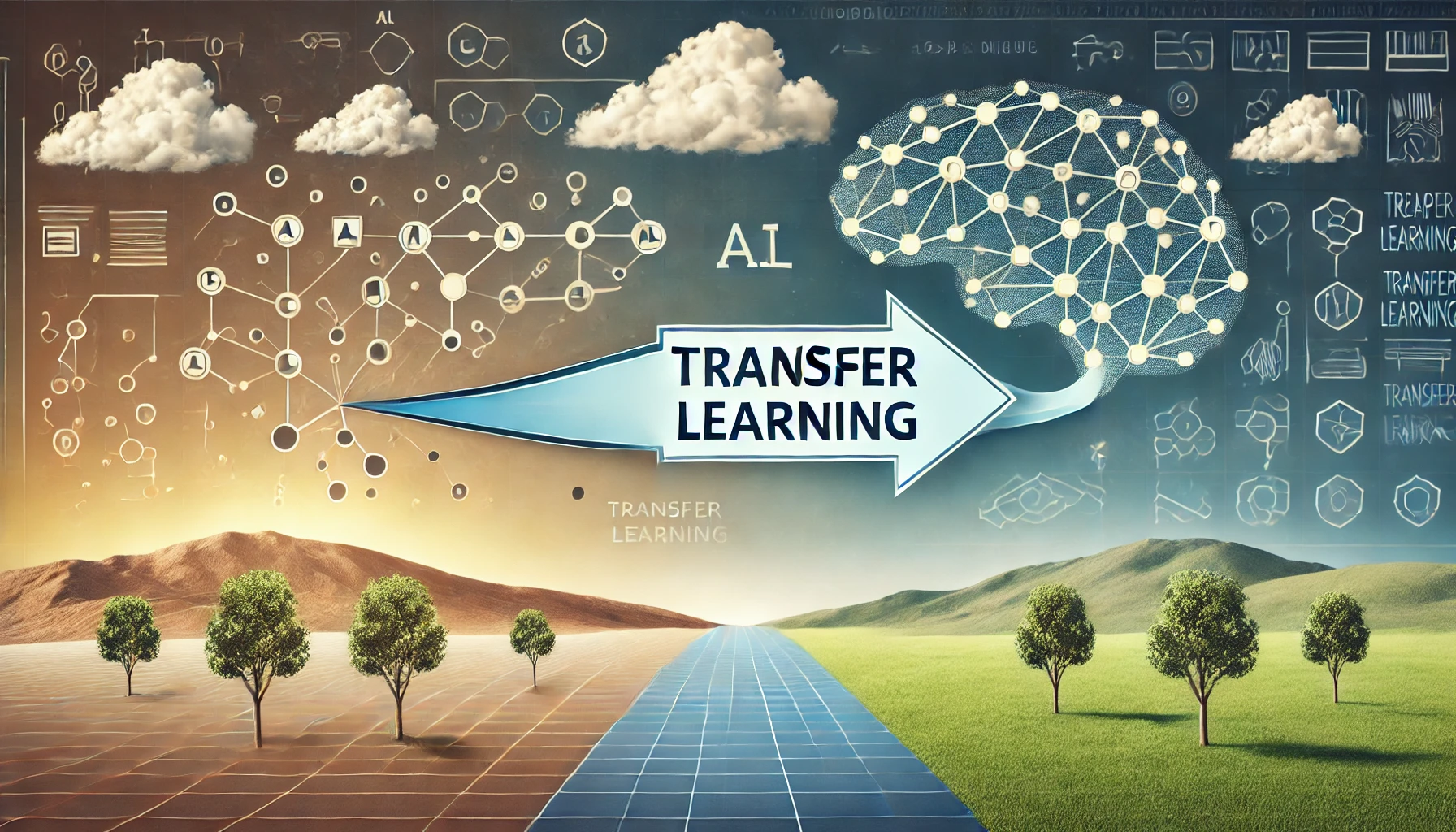AI Transfer learning is a powerful technique in the field of deep learning that allows you to build upon pre-existing models to save development time and improve performance, especially when data is scarce or specific computational power is limited. This method is particularly prevalent in areas like computer vision and natural language processing where large datasets and extensive training are typically required.
How AI Transfer Learning Works
Imagine you have a model trained to recognize everyday objects. You can adapt this model to recognize something more specific, like sunglasses, without starting from scratch. Essentially, you repurpose the initial layers of the model that have learned to identify basic shapes and textures, and only adjust the deeper layers to focus on the new task. This not only saves time but also utilizes the intricate patterns the model has already learned from vast amounts of data.
Applying AI Transfer Learning
Here’s how you can practically apply this technique:
- Choose a Pre-Trained Model: Start with a model that has been trained on a large, comprehensive dataset. For instance, models trained on ImageNet are popular because they have learned a wide range of features that can be useful across various tasks.
- Retrain the Model on Your Data: You don’t need to adjust all layers of the model. Often, just retraining the final layers while freezing the initial layers can lead you to good results. This is because the early layers capture universal features like edges and textures that are useful across multiple tasks.
- Fine-Tuning: Once the model performs reasonably well with the retrained layers, you might choose to fine-tune more layers by training them very slightly (using a very low learning rate) to avoid overfitting. This step is delicate because too much adjustment can spoil the pre-learned features.
- Regular Testing: Always test the model with new data and make adjustments as necessary. Overfitting is a common challenge in transfer learning, where the model performs well on training data but poorly on unseen data.

Mastering AI Transfer Learning: Enhance Model Performance with Pre-trained Knowledge
We hope you now understand and you have learnt how to apply, fine-tune, and effectively use transfer learning in your machine learning tasks.
AI Transfer learning is not just a method but a strategy that effectively reduces the resources required for developing high-performance models. It’s particularly useful when dealing with limited data or wanting to speed up the training process significantly.
For a deeper dive into how to implement transfer learning using specific frameworks like TensorFlow or Keras, including setting up the training and evaluation environments, you can explore tutorials available on platforms like Keras.io and TensorFlow.

